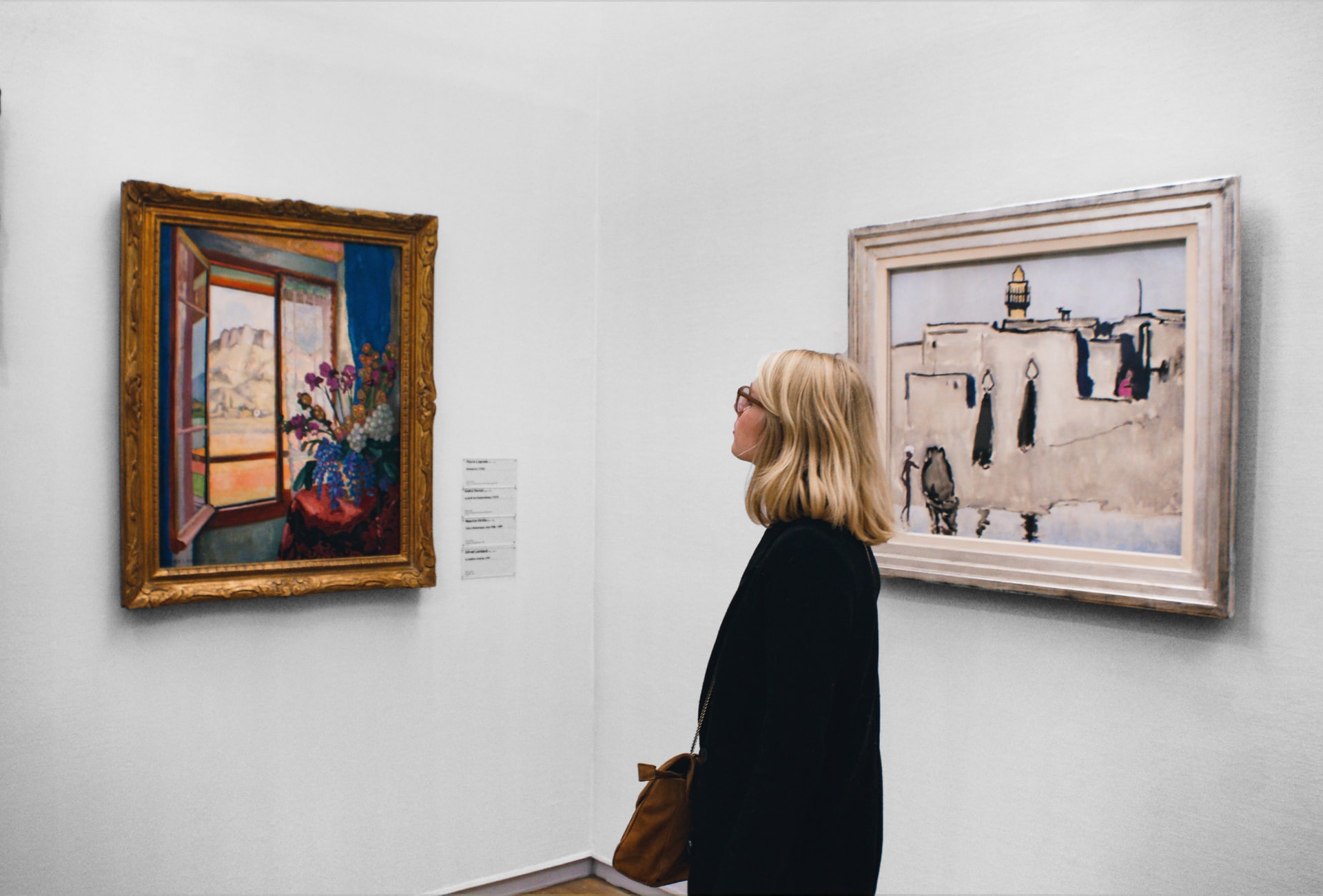
Or on the other hand many years, Western culture has been hesitant to dole out a natural worth or a reason to workmanship—even as it keeps on holding craftsmanship in high regard. Despite the fact that we presently don’t appear to be open to saying as much, our love for craftsmanship should be established on an ageless reason: that workmanship is beneficial for us. On the off chance that we don’t accept this, our responsibility—in cash, time, and study—has neither rhyme nor reason. How may craftsmanship be beneficial for us? The appropriate response, I accept, is that craftsmanship is a restorative instrument: its worth lies in its ability to admonish, support, and guide us toward better forms of ourselves and to help us carry on with additional prospering lives, separately and all things considered.
Protection from such a thought is reasonable today, since “treatment” has gotten related with problematic, or if nothing else unavailing, techniques for improving psychological well-being. To say that craftsmanship is restorative isn’t to propose that it shares treatment’s strategies but instead its basic aspiration: to assist us with adapting better to presence. While a few overwhelming perspectives about workmanship seem to disregard or reject this objective, their definitive case is remedial also.
Workmanship’s ability to stun stays for approximately a solid wellspring of its contemporary allure. We are cognizant that, independently and aggregately, we may develop careless; craftsmanship can be important when it upsets or shocks us. We are especially at risk for failing to remember the phony of specific standards. It was once underestimated, for example, that ladies ought not be permitted to cast a ballot and that the investigation of antiquated Greek ought to rule the educational plans of English schools. It’s simple currently to see that those game plans were a long way from inescapable: they were available to change and improvement.
At the point when Sebastian Errazuriz made dollar signs out of standard road markings in Manhattan, his thought was to shock bystanders into an extreme reexamination of the part of cash in day by day life—to shake us out of our negligent commitment to business and to rouse, maybe, a more impartial origination of abundance creation and dissemination. (One would totally misconstrue the work on the off chance that it were taken as a support to work more enthusiastically and get rich.) Yet the stun esteem approach relies on a restorative supposition. Stun can be significant on the grounds that it might provoke a better perspective—more aware of intricacy and subtlety and more open to question. The all-encompassing point is mental improvement.
Stun can do little for us, however, when we look for different acclimations to our mind-sets or discernments. We might be deadened by uncertainty and nervousness and need savvy consolation; we might be lost in the maze of intricacy and need improvement; we might be excessively skeptical and need support. Stun is satisfying to its followers in its presumption that our essential issue is carelessness. At last, be that as it may, it is a restricted reaction to devastated thinking, hesitant or stingy responses, or unpleasantness of soul.
Another method of tending to these weaknesses is to seek after a more profound comprehension of the past. Vittore Carpaccio’s painting The Healing of the Madman offers an uncommon visual record of the Rialto Bridge—at that point actually made of wood—before it was remade, so it has a lot to show us the engineering of Venice around 1500. It’s additionally profoundly informative about formal parades, the conspicuous metro part of religion (and its crossing point with trade), how aristocrats and gondoliers dressed, how customary individuals wore their hair, and much else. We likewise acquire understanding into how the painter envisioned the past; the function portrayed occurred more than 100 years before the image was painted. We learn something about the financial aspects of craftsmanship—the picture is important for an arrangement authorized by a well off business clique. In a less academic manner, the wealth with which a previous time turns out to be outwardly present permits us to envision what it might have been want to bang across the wooden scaffold, to be shaken along the trenches in a covered gondola, and to live in a general public in which confidence in marvels was important for the state philosophy.
We esteem verifiable data of this sort for different reasons: since we need to see more about our precursors and how they lived and on the grounds that we desire to acquire understanding from these far off individuals and societies. However, these endeavors lead back, at last, to a solitary thought: that we may profit by an experience with history as uncovered in craftsmanship. As such, the chronicled approach doesn’t reject that the worth of workmanship is eventually remedial—it expects to be this, regardless of whether it will in general neglect or excuse the point. Subsequently the incongruity (to put it delicately) of insightful protection from the possibility of craftsmanship’s restorative advantage. Learnedness is important just as an unfortunate obligation, which is to reveal insight into our current necessities.